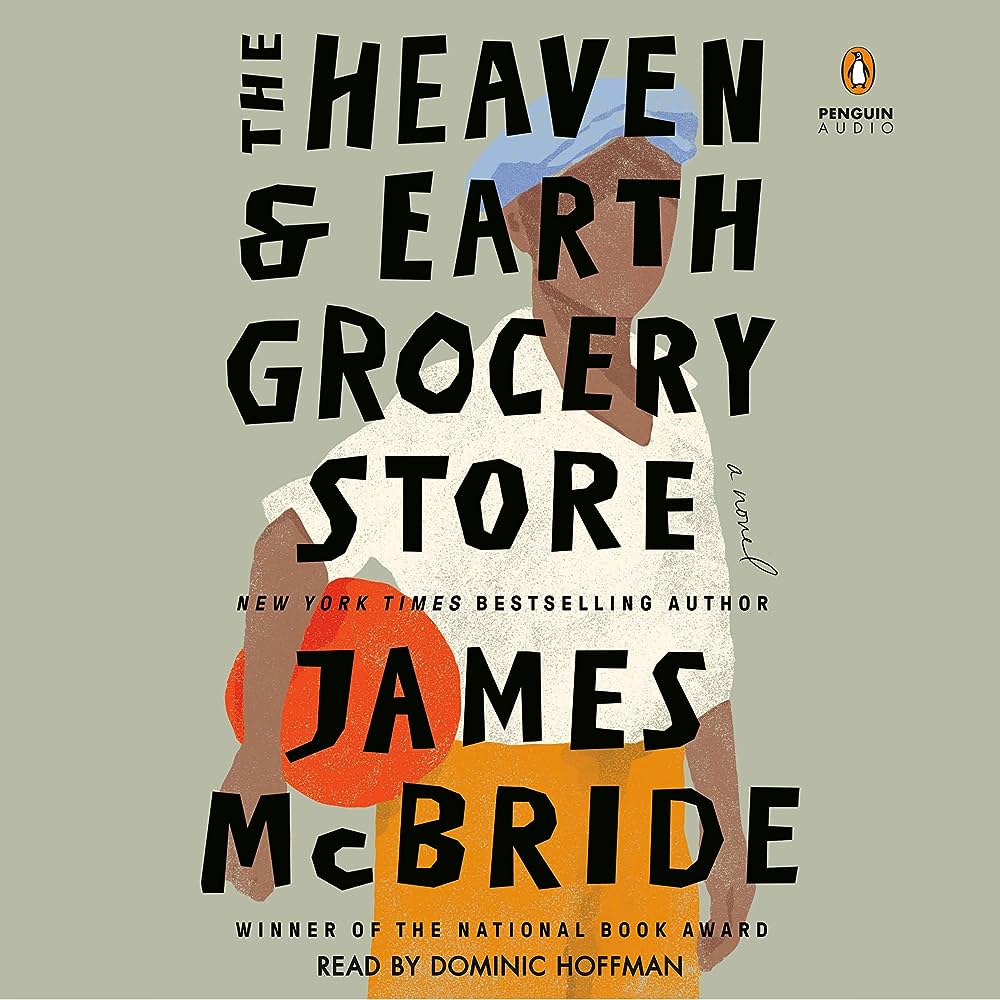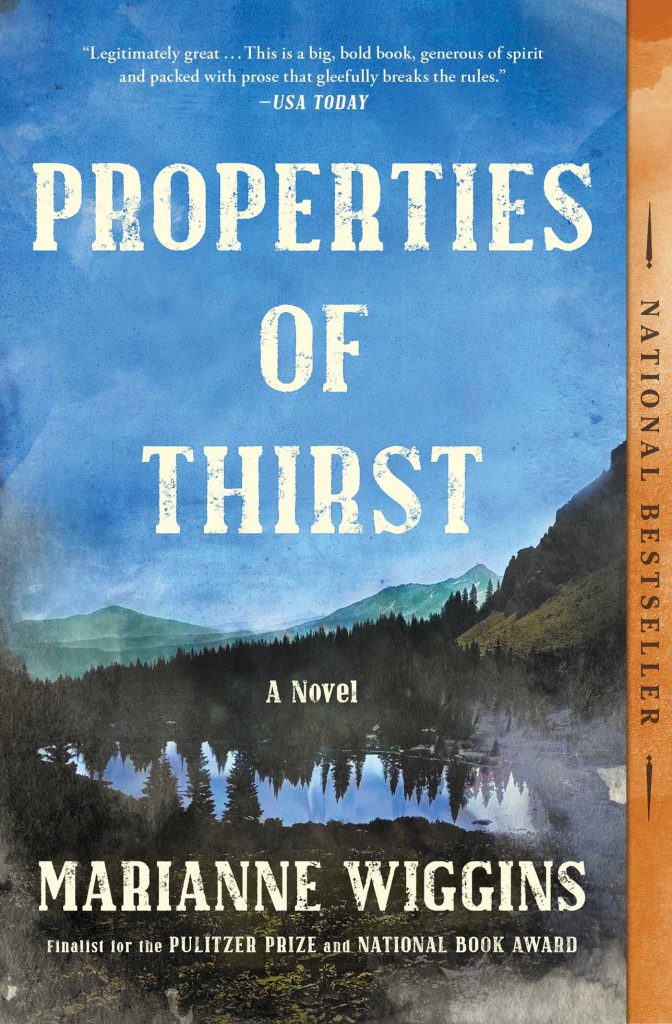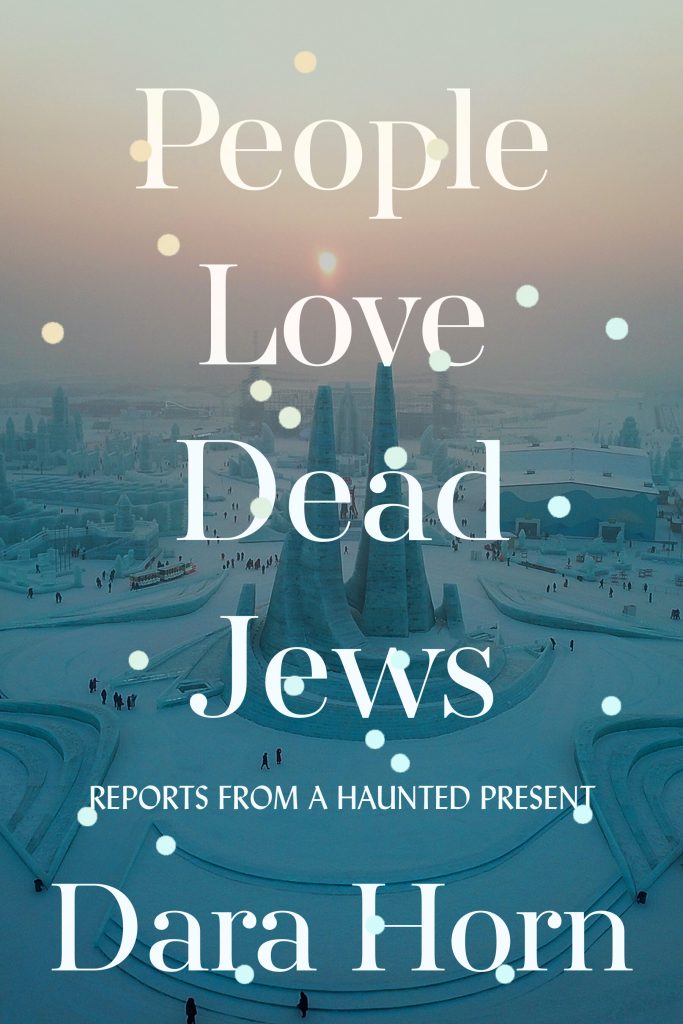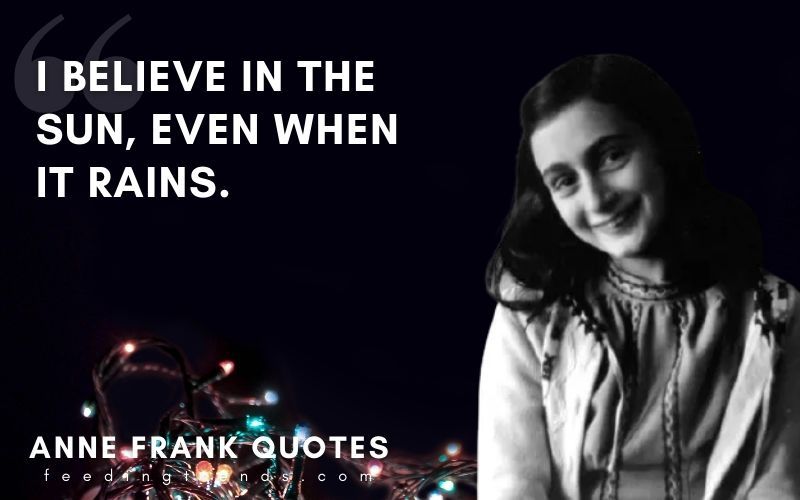
The Heaven & Earth Grocery Store is a one-room general store owned by Moshe, but run, at a loss, by his warm-hearted, open-minded, club-footed (polio), empathetic, and tough-as-nails wife, Chona. The store on Chicken Hill may be run by a Jewish family, but it is frequented by Pottstown, Pennsylvania’s Blacks, who along with other immigrants are all but banned from downtown by the Christian elite. It is the 1920s and 1930s and according to Chona, who writes letters to the Pottstown newspaper, it is the town doctor under robes leading the annual KKK parade.
You would be mistaken, however, if you went into this book expecting a grim tale of racial and ethnic belligerence. Instead, McBride introduces us to some of the most respectable, joyful, conniving, conscientious, and well-meaning Blacks and Jews you will ever have the pleasure of observing. Throughout–as the the two communities work together to rescue a 12-year-old Black child who has been “taken” to a criminally negligent insane asylum typical of the era — we readers have the unique pleasure of being in the room where vernacular conversations ricochet off the walls. Jews answer questions with more questions and African Americans tell stories that build upon other stories and then lead to new stories as they navigate within the confines of racial America. James McBride is one of the few, perhaps, the only, writer capable of telling such a tale with this much grace, compassion, and drive.




 It is a great idea for research that is long overdue. Michael Twitty explores the role of enslaved Africans in shaping American foodways. Think about it. Africans captured in Africa and transported for sale to American owners brought with them foods and methods of cooking they knew from home. In America they were forced to work in the kitchens of slave owners and to keep themselves from starving to death too quickly — fieldwork for Africans was no different in duration or difficulty than it was for horses and mules — they grew small household gardens when they could. In short, their influence on what we know of today as southern cooking was deep and wide. Twitty is fascinating just by himself: black, gay, Jewish, historian, and foodie. Where the book falters, unfortunately, is the confusing intertwining of food history, Twitty’s autobiography, and his search for his genetic roots. By themselves, each story is a fine thread. Together, they are a hopelessly tangled series of knots and broken leads.
It is a great idea for research that is long overdue. Michael Twitty explores the role of enslaved Africans in shaping American foodways. Think about it. Africans captured in Africa and transported for sale to American owners brought with them foods and methods of cooking they knew from home. In America they were forced to work in the kitchens of slave owners and to keep themselves from starving to death too quickly — fieldwork for Africans was no different in duration or difficulty than it was for horses and mules — they grew small household gardens when they could. In short, their influence on what we know of today as southern cooking was deep and wide. Twitty is fascinating just by himself: black, gay, Jewish, historian, and foodie. Where the book falters, unfortunately, is the confusing intertwining of food history, Twitty’s autobiography, and his search for his genetic roots. By themselves, each story is a fine thread. Together, they are a hopelessly tangled series of knots and broken leads.




